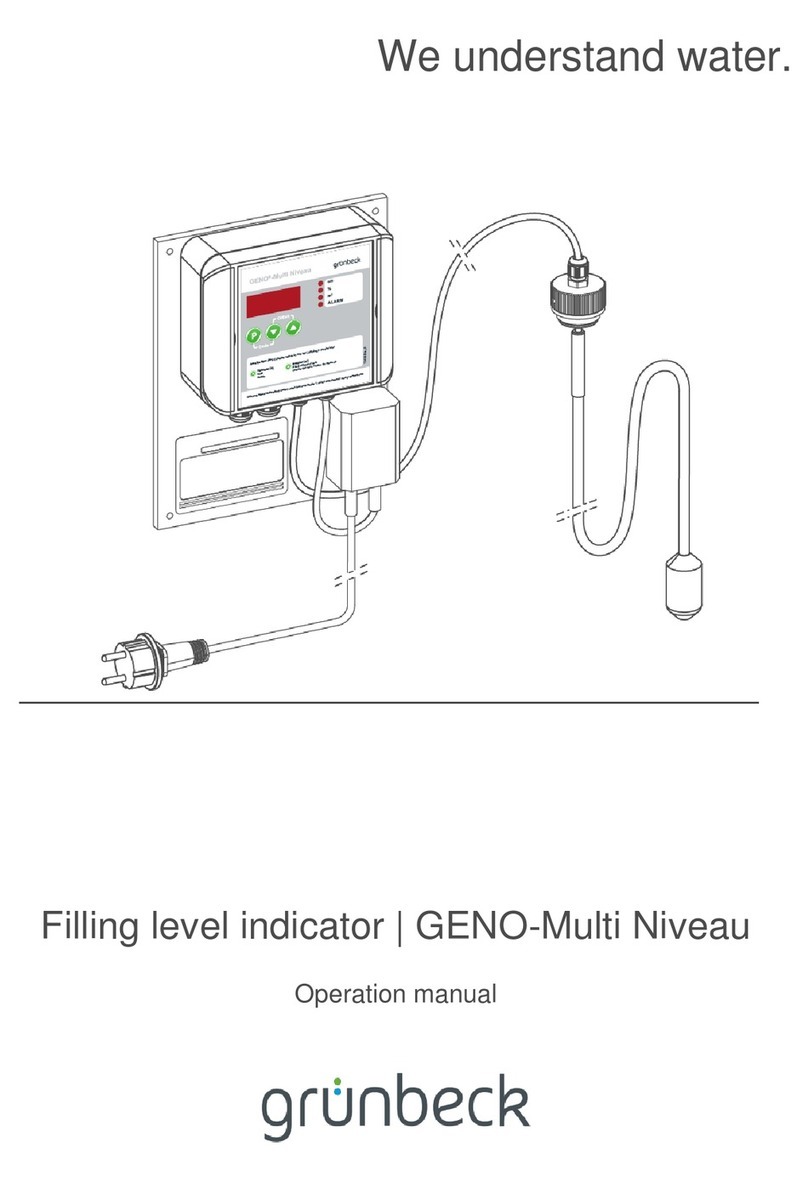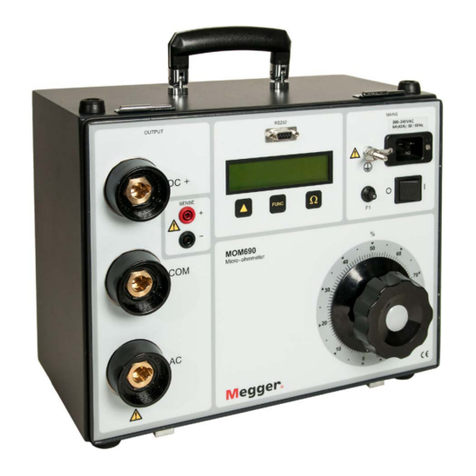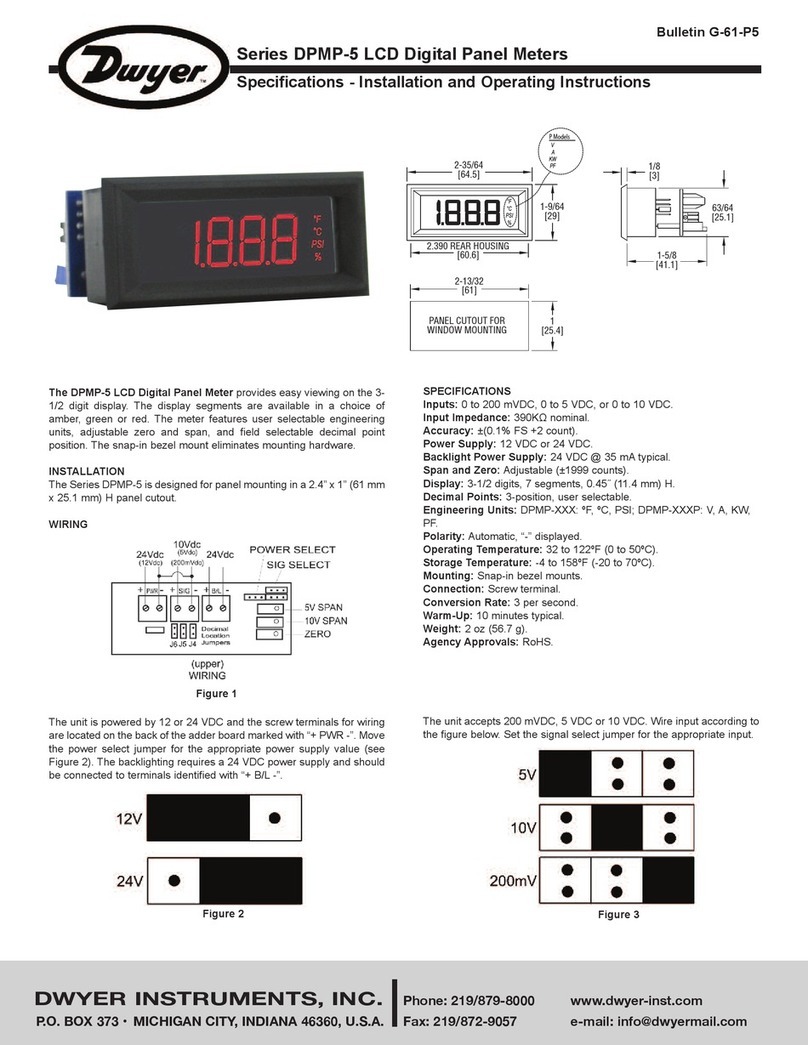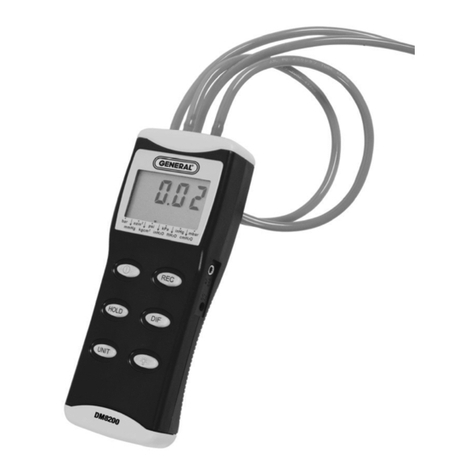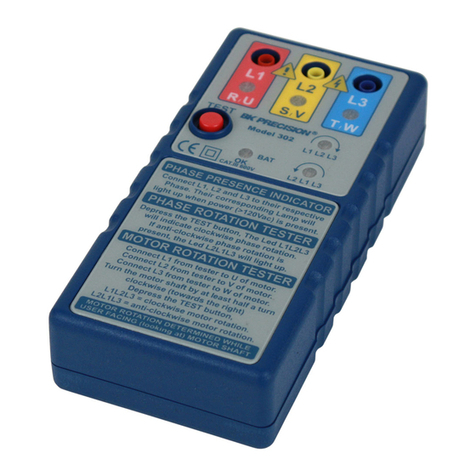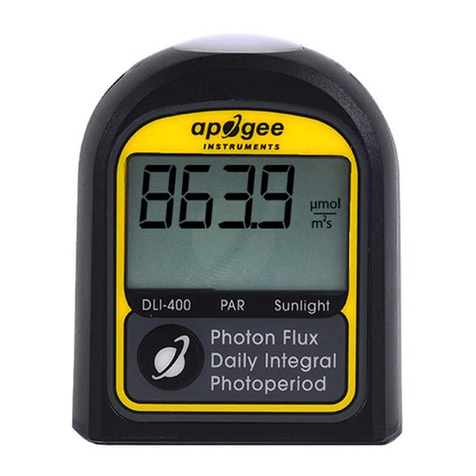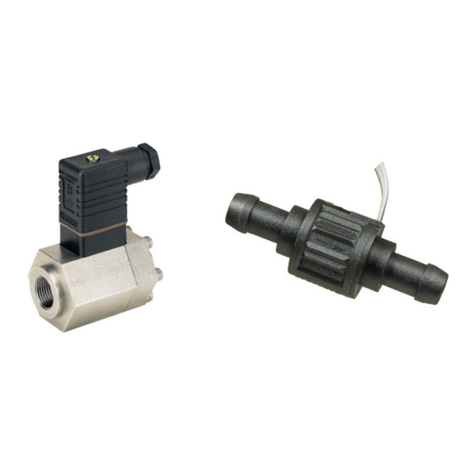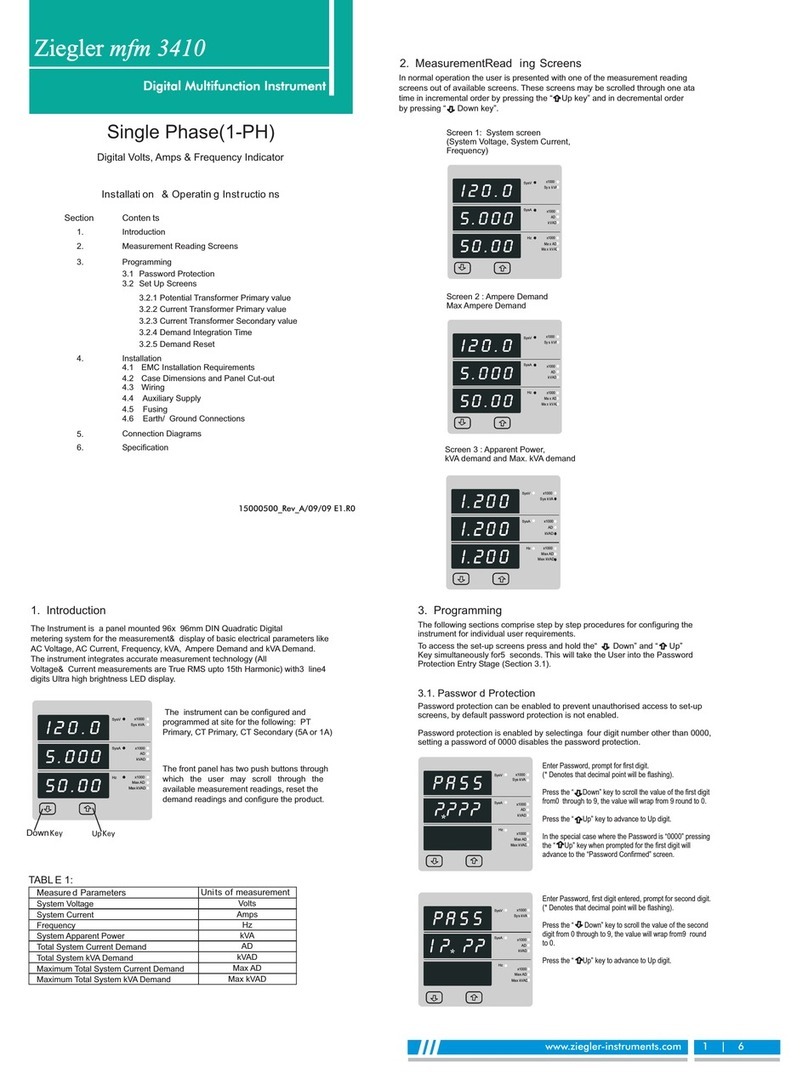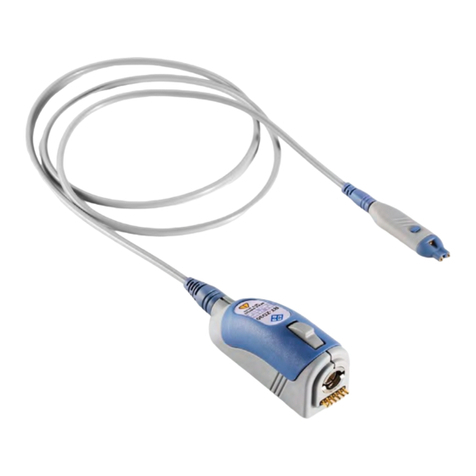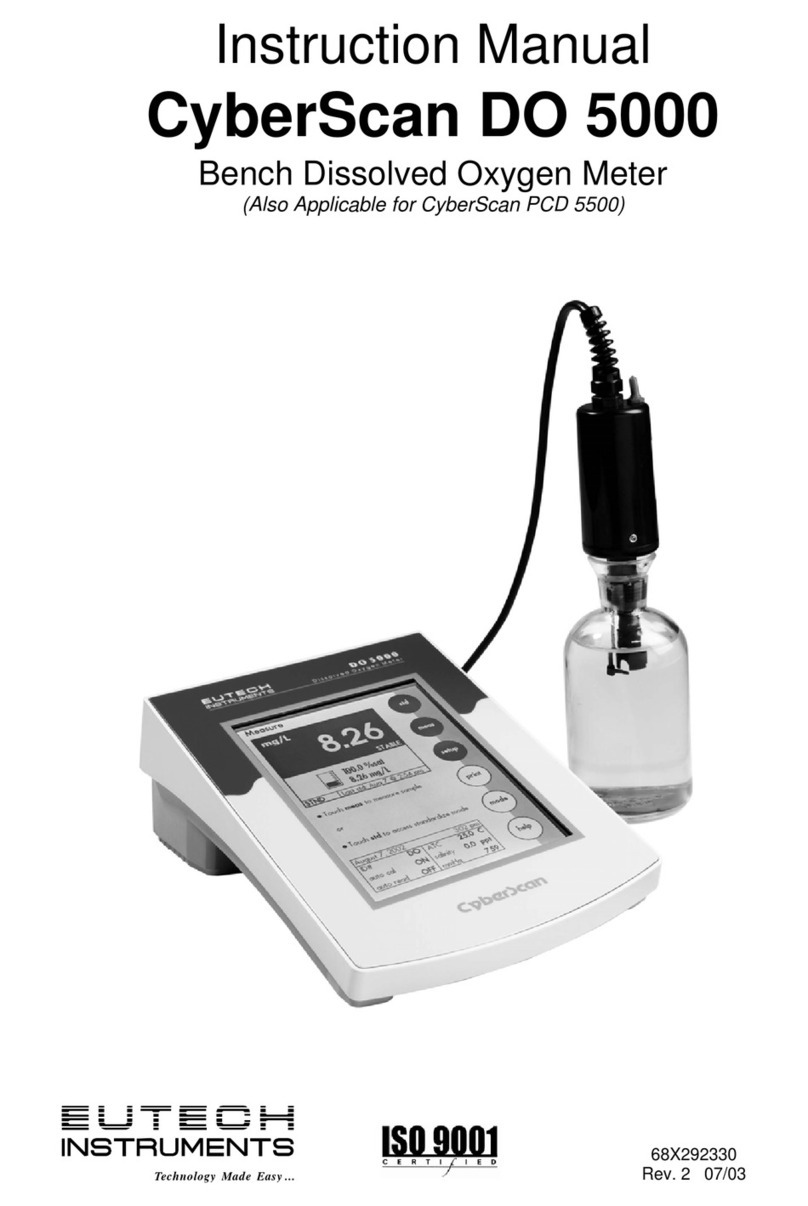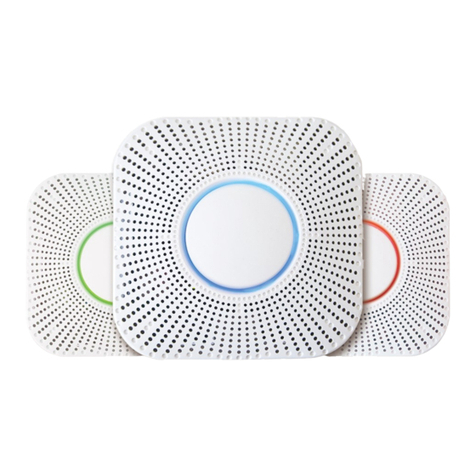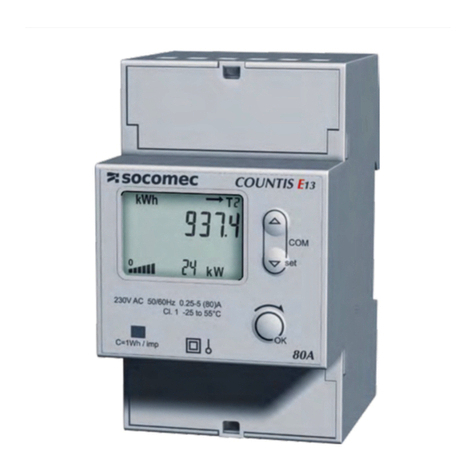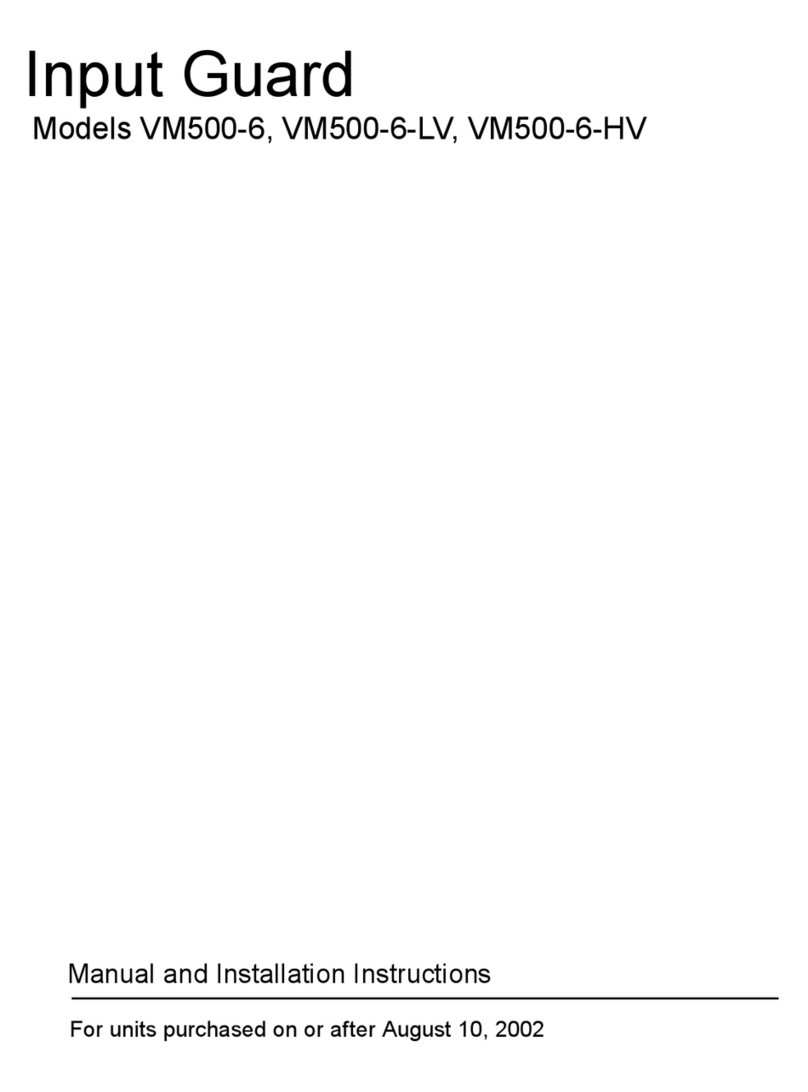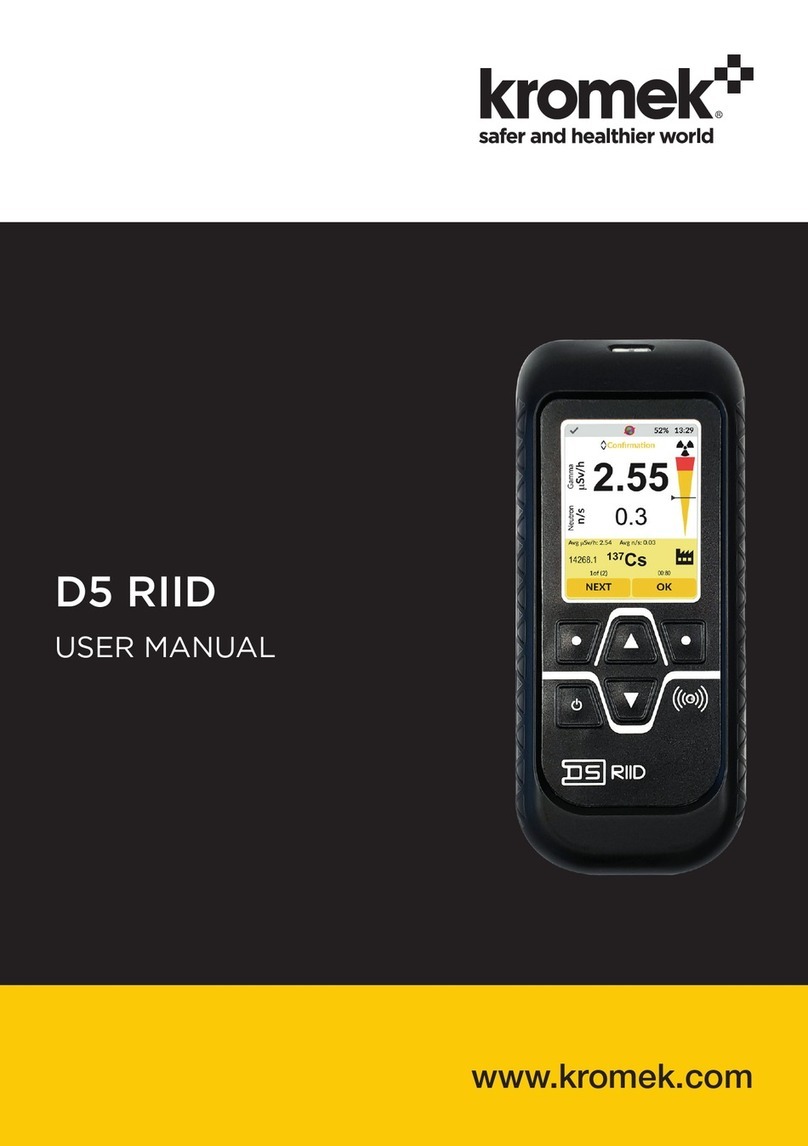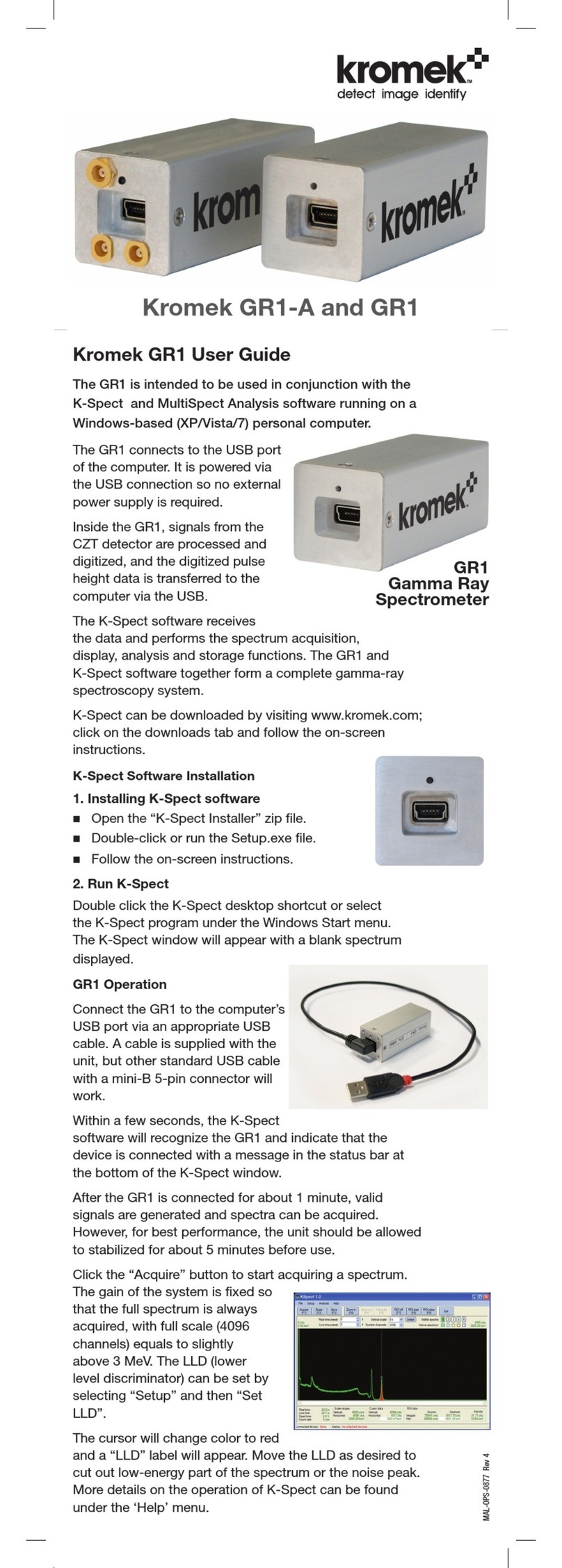MAL-OPS-0970 Version 1.0 Page 3 of 28
INDEX
INTRODUCTION......................................................................................................... 5
1REGULATIONS AND STANDARDS ....................................................................... 5
2SYMBOLS ........................................................................................................... 5
3PRECAUTIONS.................................................................................................... 7
3.1 PRECAUTIONS FOR SAFE USE.................................................................................. 7
3.2 PRECAUTIONS FOR CORRECT USE............................................................................ 8
3.2.1 Installation Location ............................................................................... 8
3.2.2 Installation .............................................................................................. 8
3.2.3 Storage.................................................................................................... 9
3.2.4 Cleaning .................................................................................................. 9
4COMPONENTS ................................................................................................... 9
4.1 POWER SUPPLY AND GROUND TERMINALS ............................................................. 10
4.2 FUSES.............................................................................................................. 10
4.3 BATTERY CONNECTOR......................................................................................... 10
4.4 MAINTENANCE ETHERNET ................................................................................... 10
4.5 EMBEDDED PC.................................................................................................. 10
4.6 MOUNTING FOR 3G........................................................................................... 10
4.7 ANCHOR POINTS................................................................................................ 10
5SYSTEM CONFIGURATION.................................................................................11
6INSTALLATION AND WIRING.............................................................................11
6.1 INSTALLATION ENVIRONMENT .............................................................................. 12
6.2 MOUNTING METHOD ......................................................................................... 12
6.3 WIRING ........................................................................................................... 13
6.3.1 Recommended Wiring........................................................................... 13
6.3.2 Anchor Points ........................................................................................ 13
6.3.3 Ethernet ................................................................................................ 14
7MAINTENANCE .................................................................................................15
7.1 MAINTENANCE INSPECTION PROCEDURE ................................................................ 15
8CONFIGURING COMMUNICATIONS ..................................................................16
8.1 CONNECTING TO A DEVICE ................................................................................... 16




















